By: Lauren Leffer
I’ve been around the research block a few times. In high school, I was involved in a student lead permafrost research initiative where I got the chance to travel to Churchill, Manitoba and get my hands dirty with my first taste of fieldwork. I started in on-campus research way back in my very first semester of freshman year, studying vampire bat behavior. I spent a summer in an entomology lab at the Smithsonian, identifying parasitic wasps, and pan trapping at sites all over Maryland. And now, as a seasoned sophomore, I got the chance to expand my research horizons to the vanEnglesdorp lab.
I had heard about the “Bee Lab” from a friend and alumna who’d been involved with the Pollinaterps project, and she semi-recruited me to fill her spot. I’d been looking to get some experience in a more conservation-focused lab than the one I was currently in, and bees seemed like a great place to start. When I first joined the lab, I didn’t know quite what to expect, but what I got was an enthusiastic and welcoming group of colleagues, weekly meditation in the form of in-lab tasks (hot gluing can be a wonderful stress reliever), exciting and idea-driven group meetings, the opportunity to help further develop the existing Pollinaterps education initiatives, and a totally awesome Maryland Day experience.
I had heard about the “Bee Lab” from a friend and alumna who’d been involved with the Pollinaterps project, and she semi-recruited me to fill her spot. I’d been looking to get some experience in a more conservation-focused lab than the one I was currently in, and bees seemed like a great place to start. When I first joined the lab, I didn’t know quite what to expect, but what I got was an enthusiastic and welcoming group of colleagues, weekly meditation in the form of in-lab tasks (hot gluing can be a wonderful stress reliever), exciting and idea-driven group meetings, the opportunity to help further develop the existing Pollinaterps education initiatives, and a totally awesome Maryland Day experience.
As a part of the lab, my main project was working with the campus organization Pollinaterps to help plan activities for Maryland Day and beyond. I coordinated closely with the folks over at the arboretum (Shout-out to Carin Cebuski!), brainstorming ideas for the Pollinaterps booth, new educational activities, and improving on the old! I came up with a kid-proof seed-bomb (a.k.a. Pollinator Pod) making procedure, worked with Sue Boo and Carin to improve the ever-popular pollinator game and bee costumes (who knew coat hangers and stockings made such great bee wings?), and wrote categories and questions for the native pollinator prize wheel (and learned a whole lot about native bees along the way). In each of these individual projects, I felt I had room to be creative. I had a great time coming up with ideas, doing the work to see them through (which was honestly, a lot of arts and crafts), and feeling like I was making some small difference: educating the public about the importance of our native pollinators.
So without further ado, I’m going to share a little bit of what I came up with this semester. Here is how you can make your very own Pollinator Pods!
If you are making them at home, then go right to the ball-forming step, but if you want to do this activity with a large group on a time crunch, have everyone take home just the dry ingredients, and further instructions on what to do next. Pro tip: using teaspoon scoops instead of handfuls yields enough dry mix to make about four balls.
The flower seed mix used should be specific to the area in which you plan on planting. Make sure you are only using species that are native or beneficial to your local environment! Ideally your flowers would also be ones favored by native bees, as the idea is to provide more suitable habitat for our buzzing buddies. The flower mixture we used was illustrated on this lovely poster:
The flower seed mix used should be specific to the area in which you plan on planting. Make sure you are only using species that are native or beneficial to your local environment! Ideally your flowers would also be ones favored by native bees, as the idea is to provide more suitable habitat for our buzzing buddies. The flower mixture we used was illustrated on this lovely poster:
This is a great mixture of plants for Maryland, but for future years, I’d like to put some research into plants more specific to native pollinators, to make our Pollinator Pods even better!
Once you’ve made your pollinator pods, you can start learning about all the bees you’ll be helping with your new garden. To get you on the right track, here’s a sampling of questions to test your knowledge about our native bees (answers can be found after the photo below):
1. What is one of a bees most useful building materials? Hint: They use it like glue and you have it too!
2. How far can a bumble bee fly to forage?
3. Where do native miner bees build their nests?
4. Halictidae, often called sweat bees, are some of the most colorful bees in MD, what color are most of them?
5. Name one reason for the decline of our native bee populations.
Once you’ve made your pollinator pods, you can start learning about all the bees you’ll be helping with your new garden. To get you on the right track, here’s a sampling of questions to test your knowledge about our native bees (answers can be found after the photo below):
1. What is one of a bees most useful building materials? Hint: They use it like glue and you have it too!
2. How far can a bumble bee fly to forage?
3. Where do native miner bees build their nests?
4. Halictidae, often called sweat bees, are some of the most colorful bees in MD, what color are most of them?
5. Name one reason for the decline of our native bee populations.
Native Bee Trivia Answers:
1. Their Saliva 2. Up to 8 miles 3. Underground 4. Metallic green/blue 5. Loss of native plants as food sources, pesticide use, habitat loss, competition from honey bees
All in all it’s been a great semester in the Bee Lab, and I can’t wait to see what comes next.
1. Their Saliva 2. Up to 8 miles 3. Underground 4. Metallic green/blue 5. Loss of native plants as food sources, pesticide use, habitat loss, competition from honey bees
All in all it’s been a great semester in the Bee Lab, and I can’t wait to see what comes next.

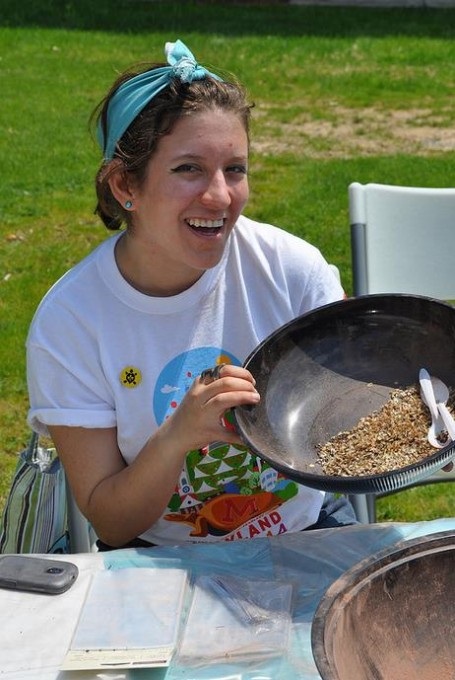
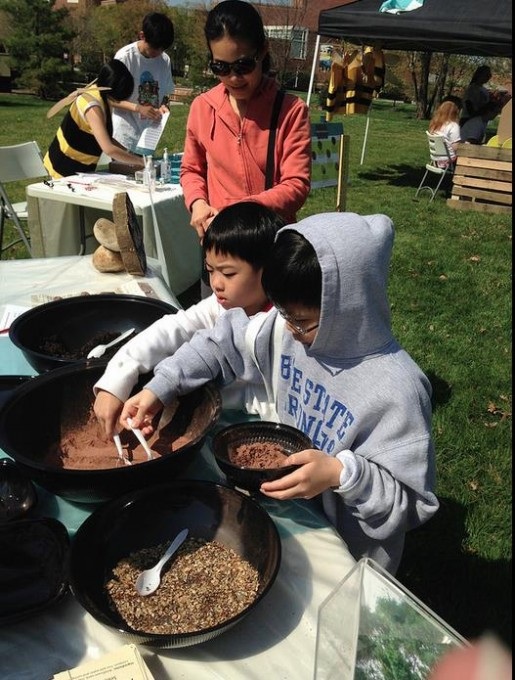
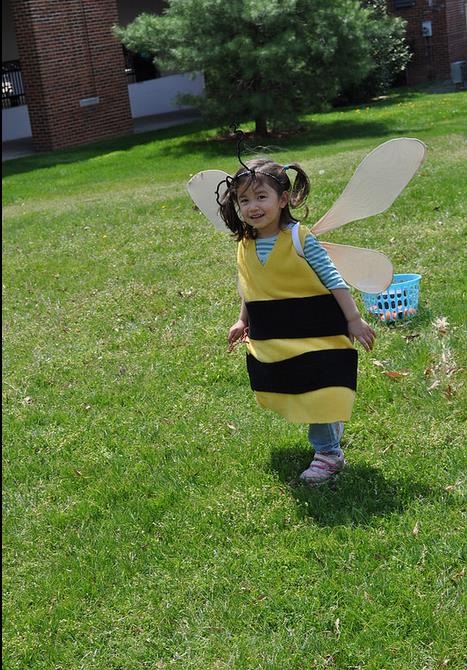
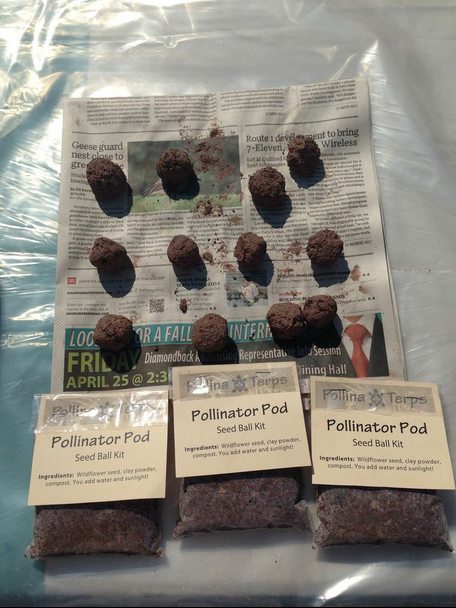
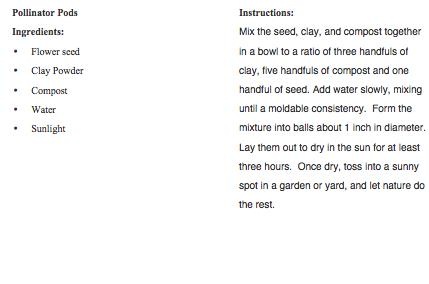
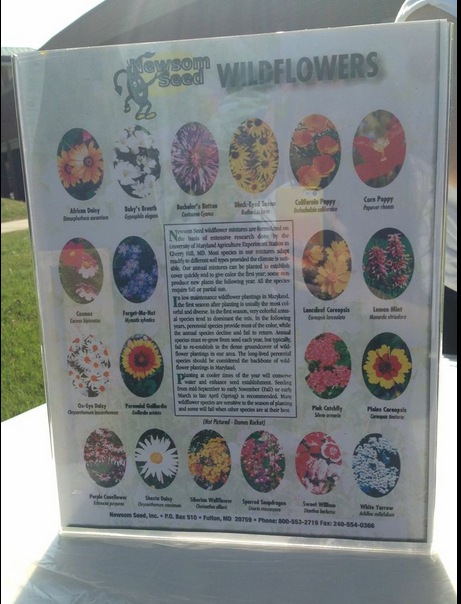
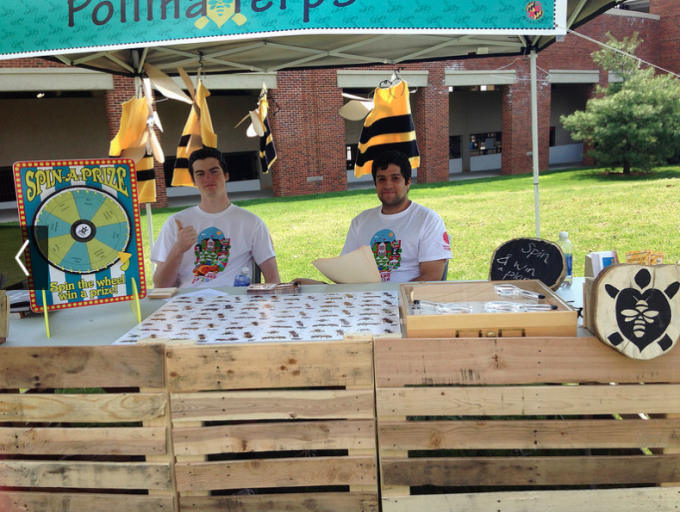
 RSS Feed
RSS Feed